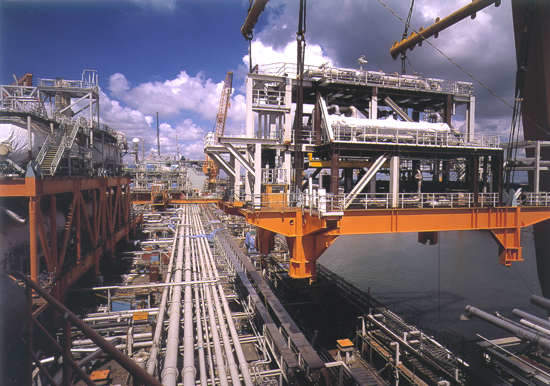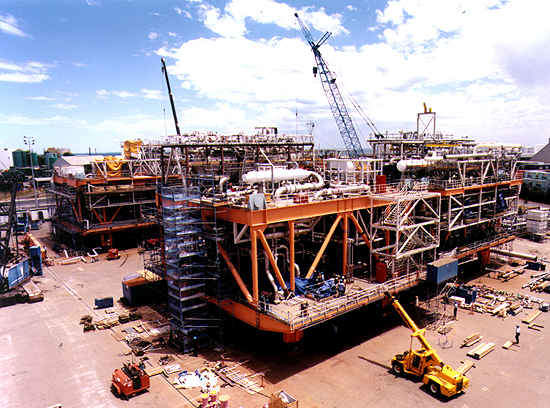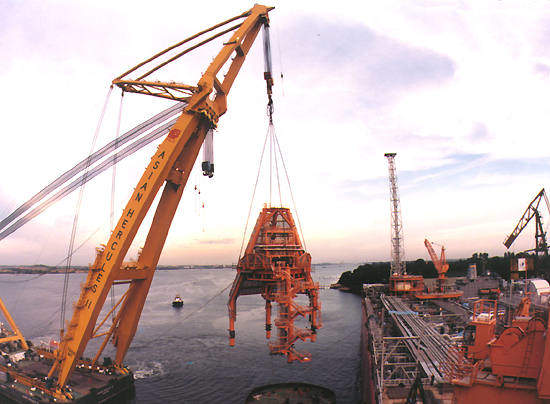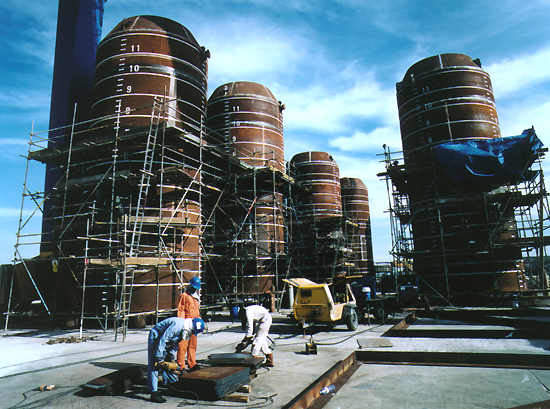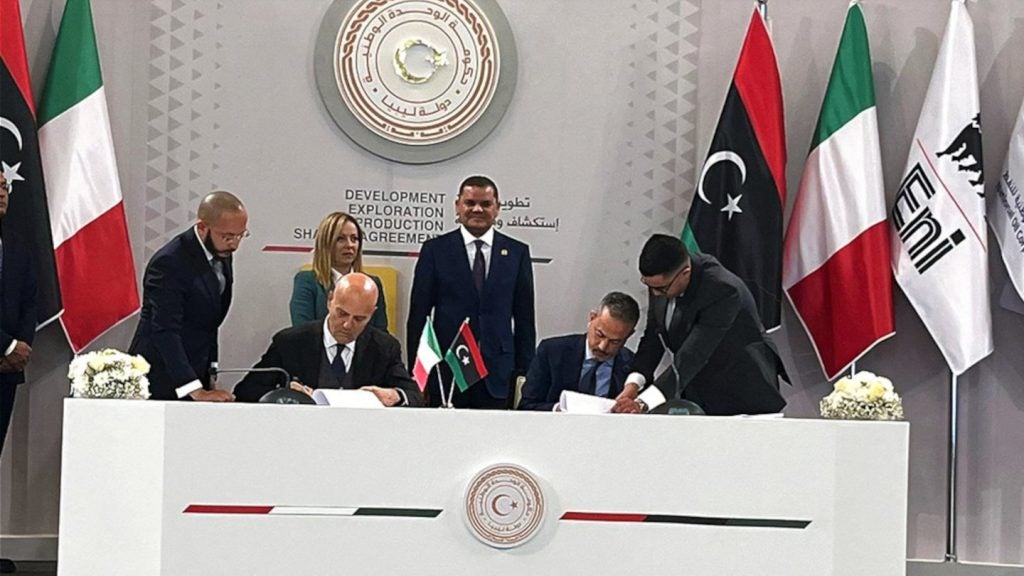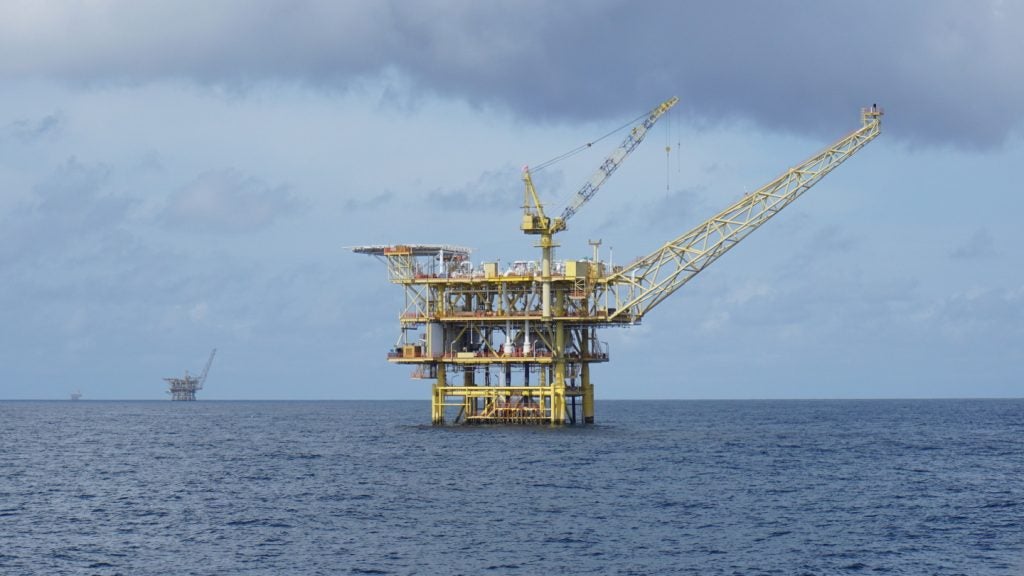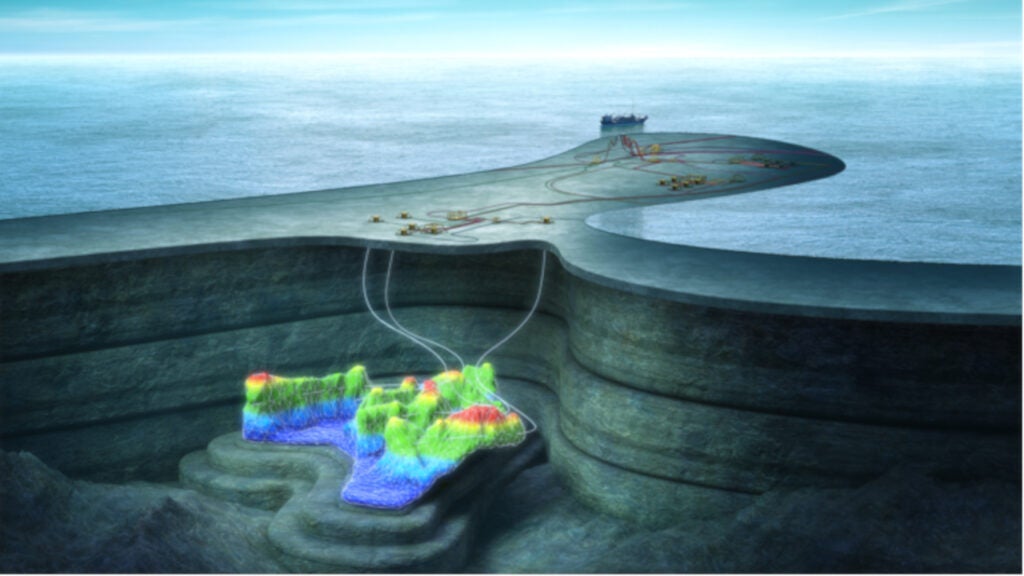Laminaria / Corallina is located in the Timor Sea, 550km north-west of Darwin. Water depths increase from 50m to 300-400m near Laminaria and 400-500m over Corallina, before deepening to over 2,000m further north in the Timor Trough.
Although it is located outside the Joint Petroleum Development Area it is twice as close to East Timor as it is to Australia and debate continues as to whether the tax profits should be shared between the two governments.
Laminaria was discovered in October 1994 by the Laminaria-1 exploration well. This was followed by appraisal drilling and the acquisition of an extensive 3D seismic survey over Laminaria and most of AC/PO. Corallina, located about 10km north-west of the centre of Laminaria, was discovered by the Corallina-1 exploration well during December 1995. The Laminaria field extends into the neighbouring Laminaria East licence, WA18L Petroleum, held by BHP Petroleum and administered by WA.
The initial development plan consisted of three subsea production wells on Laminaria and two production wells on Corallina. Surplus gas is re-injected through a dedicated gas-injection well (East Corallina-1). The fields have eight wells developed on reserves of about 200 million barrels.
The wells, connected to the Northern Endeavour the floating production, storage and offloading vessel (FPSO), consist of vertical, deviated and horizontal well bores, with single-chrome completions. These have been designed to allow flow rates producing in excess of 50,000bbl of oil per day.
Production from the A$1.37bn Laminaria / Corallina fields began in late 1999. It is thought that the field is now around 89% depleted (as of February 2008).
A subsea flowline repair and replacement programme to improve production, initiated in the first quarter of 2008, was completed in April 2009. A sidetrack well, Corallina-2 sidetrack-2, was also drilled and connected to the FPSO for providing supplementary production in the Laminaria / Corallina fields from Q3 2009.
Until March 2005, the ownership of the Laminaria site was 44.9% in Woodside’s favour, with Paladin and Shell owning 32.6% and 22.5% respectively. After a buyout of Shell’s stake by Woodside, this changed to a controlling share by the firm of 55.9%.
Likewise, at the Corallina site, Shell sold its share in the field, which was divided between Woodside and Paladin, with post-sale stakes standing at 66.67% and 33.33% respectively. At the time, Shell said that although it is a quality asset, Laminaria is a declining oil field and as such was not a strong fit either with the strategic direction either for Shell’s growth aspirations or gas exploration. Paladin was bought out later in the year by Talisman Energy for $2.52bn in a friendly takeover.
The fields are operated by the Woodside and Talisman joint venture. The operator Woodside owns a 59.9% stake and 66.67% in Laminaria and Corallina, whereas Talisman owns a 40.1% and 33.3% stake in the fields respectively.
Northern Endeavour FPSO
The development is based on the Northern Endeavour FPSO, which can produce up to 180,000 barrels of oil a day. It comprises a barge-type steel hull with an oil storage capacity of some 225,000m³ (1.4 million bbl). The steel hull has a ballast tank fully protecting the cargo tanks from external impact and a single-skin bottom shelf.
The hull is designed to last for 60 years (with fatigue), while Northern Endeavour is intended to last 20 years, including planned maintenance.
The hull contract was awarded to Samsung Heavy Industries (SHI) of South Korea in September 1996, and the contract was subsequently assigned to the FPSO consortium Kvaerner-SBM (KSC) in January 1997.
Yvonne Ball, a spokesperson for Woodside, says: “Work carried out in 2006 and early 2007 to improve recovery, particularly from the Laminaria field, successfully increased production through Northern Endeavour to more than 19,000 barrels per day by Q3 2007.” She says the Laminaria and Corallina fields are part of Woodside’s portfolio of producing assets that form the company’s foundation business.
Production facilities
The production facilities consist of hydrocarbon separation, stabilisation and testing, and are designed to handle a maximum oil production rate of 27,000m³/day (170,000bbl per day). The stabilised exported product will have a maximum C4 content of 4.0% vol, with a corresponding RVP of approximately 8psia.
In addition, facilities are provided for produced water treatment, gas compression, gas lift, power generation, water cooling and fiscal metering. A stabilisation column is required to reduce LPG content and to improve crude value.
The wellstream from the turret is routed through two first-stage phases to a test separator, for metering / calibration purposes. The 8,000m³/day (50,000bbl/stream/day) test separator is designed to achieve oil / water / gas separation consistent with that of the first-stage separators.
A swivel stack, mounted above the manifold decks, transfers fluids and electric power/signals across the rotational interface between the turret and the FPSO. This swivel stack is made up of a number of toroidal swivels for production, gas lift, gas injection and a pipe swivel for well-test service. Separate utility and electrical swivels will also be installed. Provision for future production/water injection (if required) has been accommodated in the swivel stack.
In September 2007, Woodside shut in the Corallina field due to a gas leak in the riser. The field was shut-in on 30 September after the company detected gas in a riser, which connects the field to a floating production storage and offloading vessel. The Corallina gas lift riser was temporarily converted to a production service in March 2008, restoring production to around 11,000bbl per day. The Corallina riser was then replaced and the firm has estimated that production could increase to around 18,000 a day once flow line replacement is achieved, currently planned for 2009.
FPSO mooring system
The FPSO is permanently moored, on location, by an internal turret mooring system located at the front end of the vessel.
The mooring system employs nine catenary chain/wire anchor legs in a 3×3 configuration and is anchored to the seabed by suction-installed piles. Mooring loads are transferred from the Northern Endeavour hull through a large three-race roller, bearing into the turret structure and then to the anchor legs. Piles and anchor legs were installed at the offshore location prior to the arrival of the FPSO at the field.
The subsea layout comprises two main drilling centres, as well as a separate gas-disposal well. The Laminaria central four-slot manifold and the Corallina two-slot manifold are tied back to the FPSO via 10in production flowlines. The subsea facilities are controlled by an electro-hydraulic system.
The contract for the design, procurement, construction and installation of the subsea facilities was awarded to the Coflexip Stena Offshore – JP Kenny (CSK) joint venture in October 1996.

